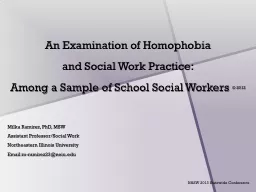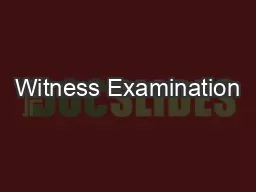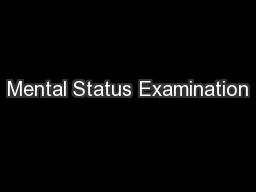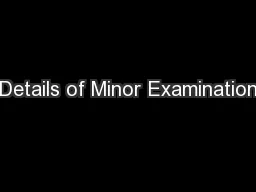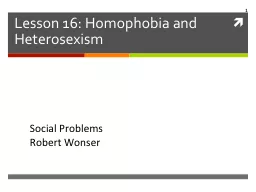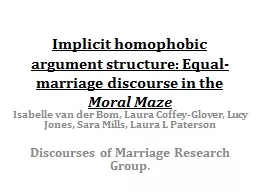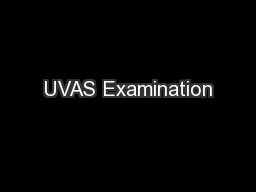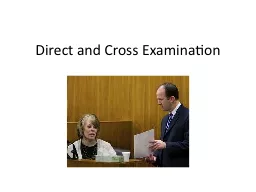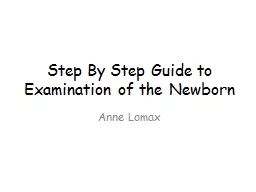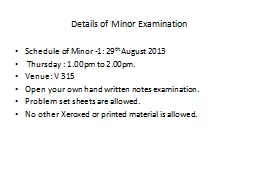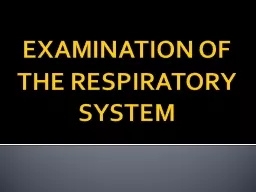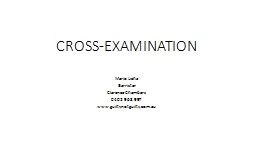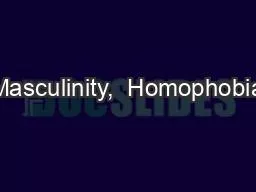PPT-An Examination of Homophobia
Author : min-jolicoeur | Published Date : 2016-05-06
and Social Work Practice Among a Sample of School Social Workers 2012 Milka Ramirez PhD MSW Assistant ProfessorSocial Work Northeastern Illinois University
Presentation Embed Code
Download Presentation
Download Presentation The PPT/PDF document "An Examination of Homophobia" is the property of its rightful owner. Permission is granted to download and print the materials on this website for personal, non-commercial use only, and to display it on your personal computer provided you do not modify the materials and that you retain all copyright notices contained in the materials. By downloading content from our website, you accept the terms of this agreement.
An Examination of Homophobia: Transcript
Download Rules Of Document
"An Examination of Homophobia"The content belongs to its owner. You may download and print it for personal use, without modification, and keep all copyright notices. By downloading, you agree to these terms.
Related Documents

